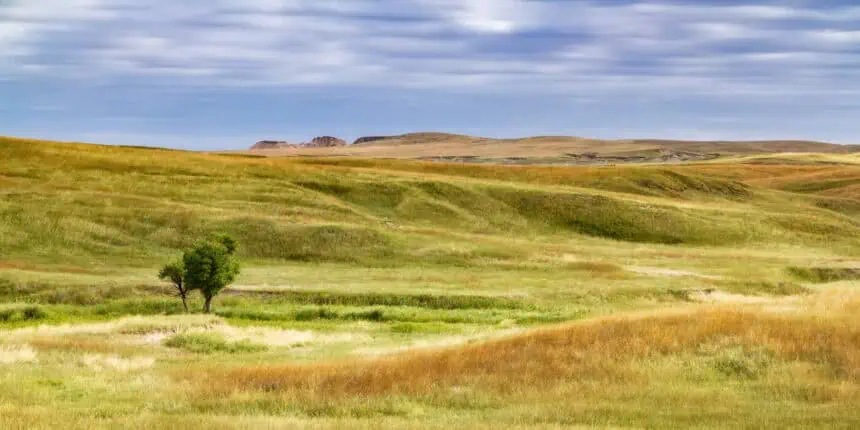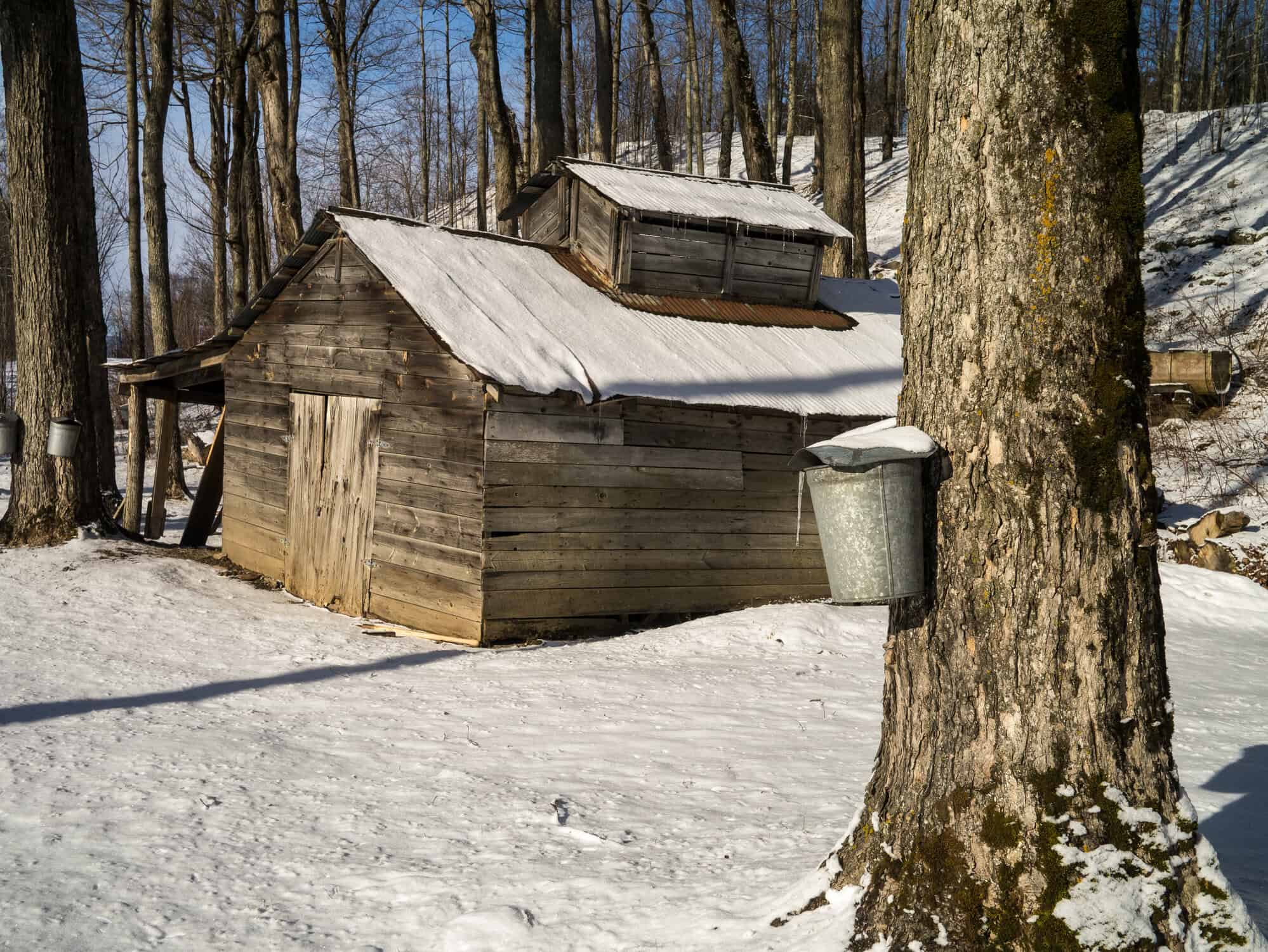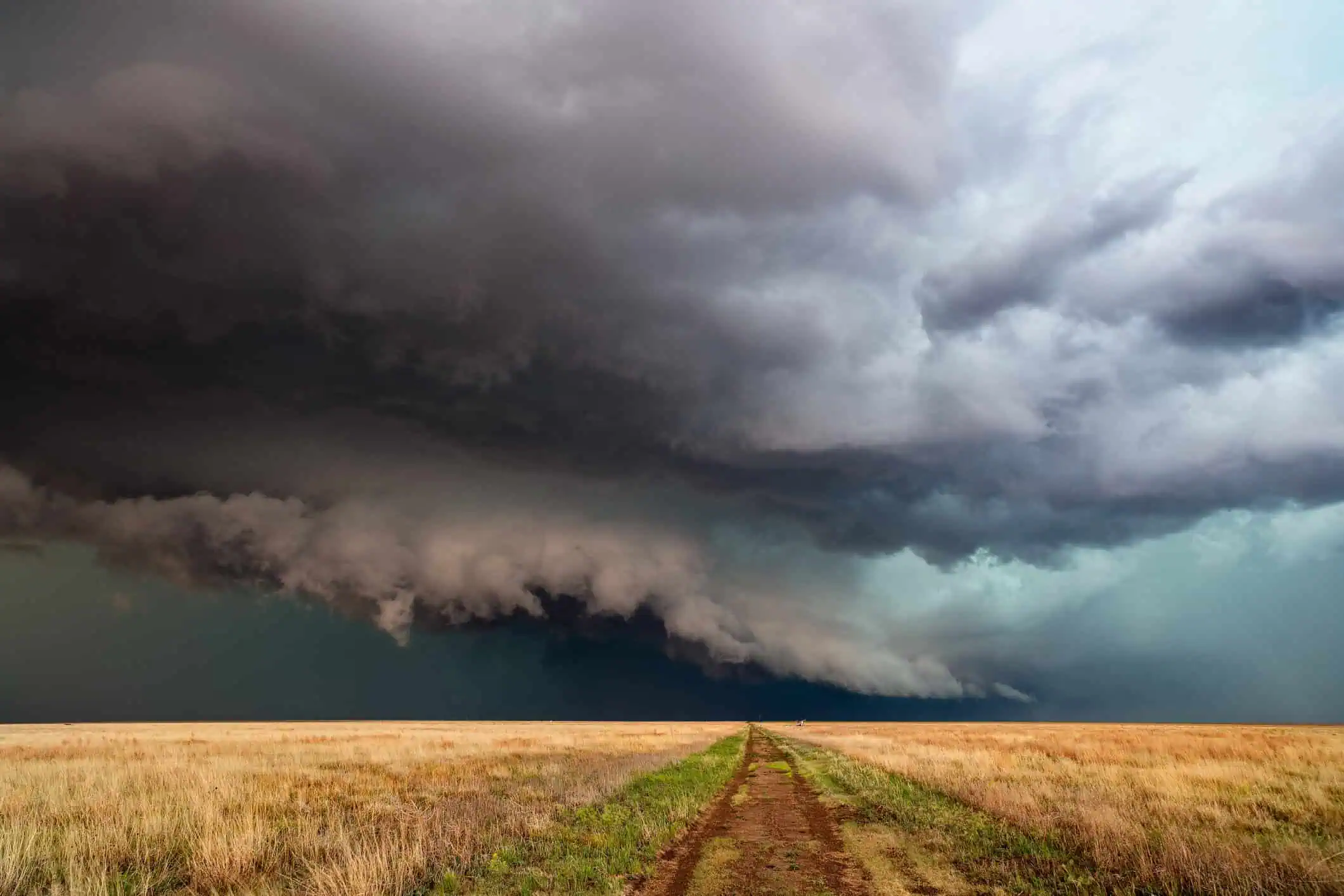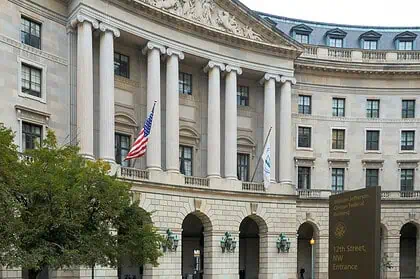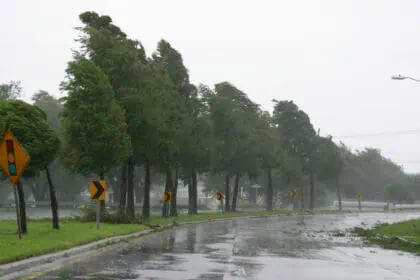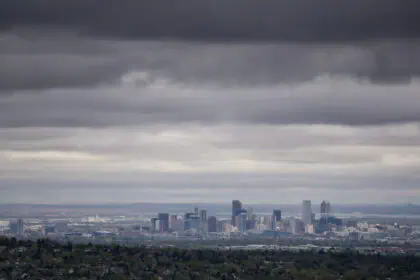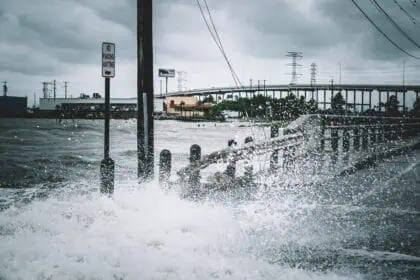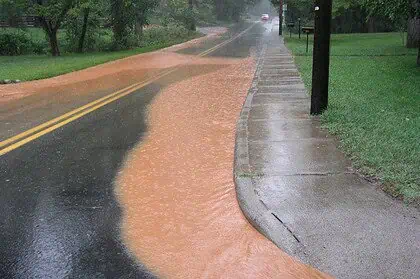Drought intensity eases in South Dakota, but danger lingers
The latest U.S. Drought Monitor brings a cautiously optimistic update: South Dakota is seeing notable improvement in drought conditions, though significant challenges remain ahead of the summer growing season. Just a week ago, 100% of the state was affected by some degree of dryness or drought, with nearly 3% under D3 (extreme drought). As of now, less than 1% is experiencing extreme drought, isolated in two counties in the southwest.
According to Laura Edwards, South Dakota’s state climatologist, recent storm systems have dropped substantial rain across most of the region. From the North Dakota border to I-90, rainfall reached 4 to 6 inches (101 to 152 mm) in a week. In contrast, areas from Pierre down to the Nebraska border saw totals of 2.5 to 4 inches (63 to 101 mm). These amounts nearly match the monthly average for May, making it a significant precipitation event.
Persistent drought in the southwestern region
Despite these gains, the southwestern corner of South Dakota, especially the southern Black Hills, continues to endure extreme drought conditions. This region has struggled for more than a year, with reservoir levels and surface water for irrigation remaining critically low.
“This area is at a tipping point,” Edwards said. “It could go either way, depending on how June precipitation shapes up.”
Crop progress ahead of schedule thanks to dry spring
The dry start to spring provided ideal planting conditions across South Dakota. According to the Crop Progress report, 85% of corn is now planted, which is a 20 percentage point lead over the five-year average. Half of the planted corn has already emerged. Similarly, 71% of soybeans are planted, with 23% emergence, far ahead of the average.
“Planting went very quickly,” Edwards noted. “Then the rain arrived at just the right moment — we saw about three inches (76 mm) up here over the last week. It was perfect timing to support strong early growth and replenish soil moisture.”
Summer outlook: warmer, drier pattern expected
Although the recent rains have boosted soil moisture, forecasts point to a return to dryness. The Climate Prediction Center outlook for June through August shows above-average chances for below-normal precipitation across South Dakota.
That three-month period — April, May, and June — usually accounts for nearly 40% of the state’s annual precipitation, according to Edwards. A shortfall during these key months could be especially damaging to pastures, rangelands, and forage crops.
“The precipitation we get between now and the end of June is crucial,” Edwards emphasized. “We’re in a better place now, but we’re not out of the woods yet.”

